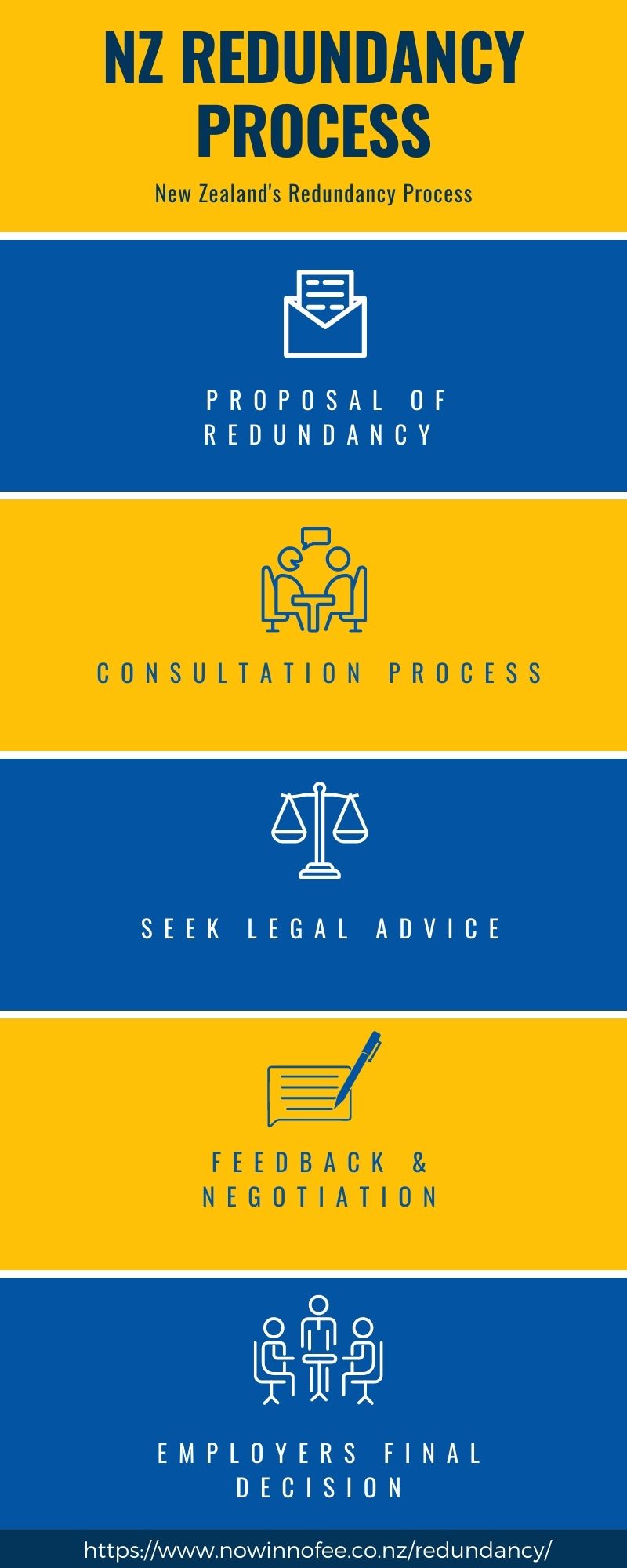If a Company Goes Bust Who Pays Redundancy? Lawful Insights for UK Personnel
If a Company Goes Bust Who Pays Redundancy? Lawful Insights for UK Personnel
Blog Article
Investigating the Interplay Between Company Redundancy and Organizational Adaptability for Future Growth
In the vibrant landscape of today's business world, the elaborate partnership in between business redundancy and organizational versatility arises as an important element for sustained development and success. Firms frequently encounter the obstacle of striking a delicate equilibrium in between preserving a degree of redundancy to alleviate dangers and promoting adaptability to respond quickly to the ever-evolving market demands.
Relevance of Firm Redundancy
Firm redundancy is a critical element that improves business durability and alleviates functional threats. By integrating redundancy procedures within the business structure, firms can better withstand unexpected disturbances and fluctuations in business environment. Redundancy works as a tactical buffer, allowing business to adjust and respond properly to unforeseen difficulties without jeopardizing essential procedures.
One secret facet of the significance of company redundancy is its role in guaranteeing continuity during times of situation. When faced with sudden changes or emergencies, redundant systems, sources, or employees can action in to preserve vital features and avoid widespread interruptions. This connection not only safeguards the business's online reputation and customer count on but also minimizes economic losses and functional downtime.

Techniques for Organizational Versatility

One more vital strategy is buying innovation and infrastructure that can sustain adaptability and scalability. Applying digital tools, automation, and data analytics can simplify procedures, enhance effectiveness, and supply beneficial understandings for educated decision-making. Furthermore, producing adaptable organizational structures that enable quick modifications to market dynamics and client requirements is crucial for remaining competitive in a swiftly progressing atmosphere. By proactively identifying possible disturbances and opportunities, organizations can proactively flourish and adjust in an ever-changing organization landscape.
Harmonizing Redundancy and Flexibility
Attaining a harmonious stability in between functional redundancy and organizational versatility is extremely important in navigating the intricacies of a dynamic service atmosphere. Striking the ideal equilibrium between redundancy and versatility is a delicate procedure that needs a deep understanding of the organization's objectives, sector dynamics, and threat resistance.
To accomplish this balance, firms need to conduct regular assessments of their procedures to recognize areas where redundancy is required for threat reduction and where versatility can drive technology and development. Applying adaptable structures, cultivating a culture of constant knowing and renovation, and encouraging open interaction across all levels of the organization are key approaches to integrate redundancy and versatility effectively. By aligning these 2 critical components, firms can place view it now themselves for lasting development and success in an ever-changing organization landscape.
Situation Research Studies on Adjustment Success
In checking out instances of successful organizational adjustment, it comes to be obvious that the interaction between functional redundancy and versatility is a specifying consider forming resistant organizations. One compelling study is that of Netflix. Originally a DVD rental solution, Netflix showed exceptional versatility by transitioning into a streaming system when digitalization interrupted the sector. By strategically buying modern technology and material production, Netflix not just made it through however prospered in a quickly evolving market. Another standout instance is Amazon. Beginning as an online book shop, Amazon continuously adapted its service design, increasing right into diverse markets such as cloud computer and expert system. This adaptability enabled Amazon to stay in advance of competitors and satisfy changing consumer needs. Lastly, Adobe offers a notable illustration of effective adjustment. The business shifted from offering software licenses to a subscription-based version, making sure reoccuring income streams and enhanced customer engagement. These case research studies underscore the value of functional redundancy coupled with business versatility in fostering lasting growth and competition.
Structure Resilience for Future Development
Structure resilience for future growth requires a critical placement of functional procedures check out here with market dynamics and emerging fads. Firms have to adjust to altering settings by promoting a society of flexibility, technology, and continuous renovation. Resilience entails not only bouncing back from troubles however also proactively getting ready for future challenges. One crucial element of building strength is spending in robust risk management methods to minimize prospective disturbances. This consists of circumstance preparation, expanding supply chains, and establishing backup prepare for numerous contingencies (who pays redundancy money).
Additionally, cultivating strong connections with stakeholders, such as consumers, workers, providers, and the neighborhood, is important for keeping and weathering uncertainties count on and assistance throughout rough times. Efficient communication and transparency play a vital duty in structure durability, as they help promote and straighten assumptions navigate to this site cooperation in navigating uncertainties.
Additionally, organizations need to focus on knowing and advancement efforts to upskill workers and outfit them with the needed devices to adjust to changing situations. By purchasing their workforce, firms can enhance their versatility and agility, ultimately enhancing their durability for sustainable future development.
Verdict

In the vibrant landscape of today's company world, the elaborate partnership between firm redundancy and business adaptability emerges as a critical variable for sustained development and success. Business typically face the obstacle of striking a delicate balance in between maintaining a degree of redundancy to alleviate risks and promoting flexibility to respond promptly to the ever-evolving market needs.To attain this balance, companies need to carry out routine evaluations of their operations to determine areas where redundancy is required for threat reduction and where versatility can drive technology and development.In verdict, the interplay between firm redundancy and organizational versatility is critical for future growth. Building resilience via a combination of redundancy and flexibility will guarantee that firms are prepared for the obstacles of the future.
Report this page